Photos: Diving Beneath Antarctica's Ross Ice Shelf
Research
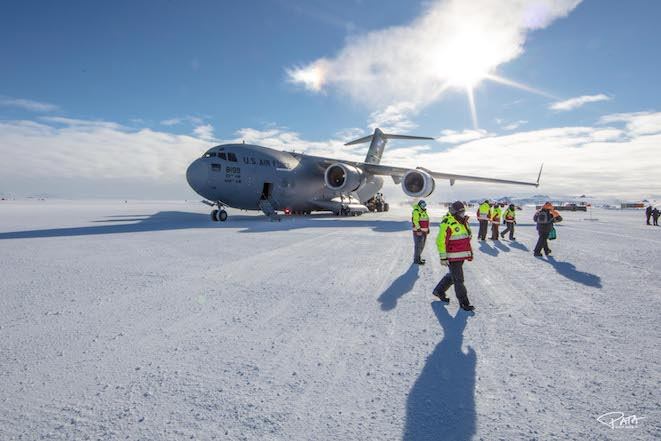
A team of scientists from Finland and New Zealand have arrived at McMurdo Sound in Antarctica to begin a six-week expedition diving beneath the Ross Ice Shelf.
The expedition aims to study how climate change has affected the rare ecosystems on the seafloor beneath the floating ice shelf, the largest and southernmost in the world. [Read more about the expedition]
For posterity
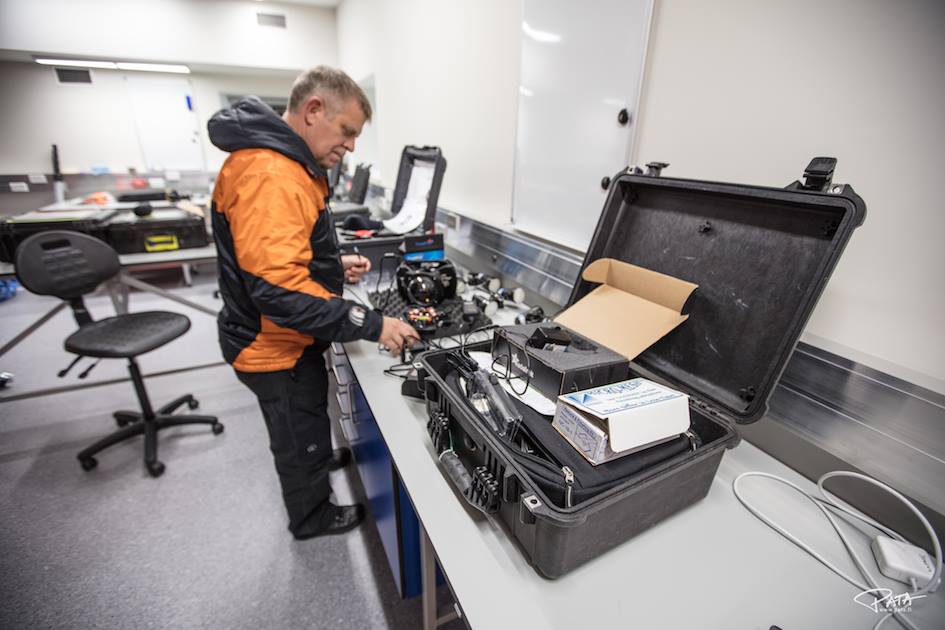
As well as their scientific duties, the three Finnish team members are responsible for recording the work of the expedition in social media updates and in virtual reality, through the use of five 360-degree video cameras.
This will be the first time that an entire scientific field expedition has been documented in 360-degree video.
Their digital equipment also includes 32 digital cameras, three drones, a remote-controlled drone submarine – and hundreds of batteries to keep them all running.
Food for all
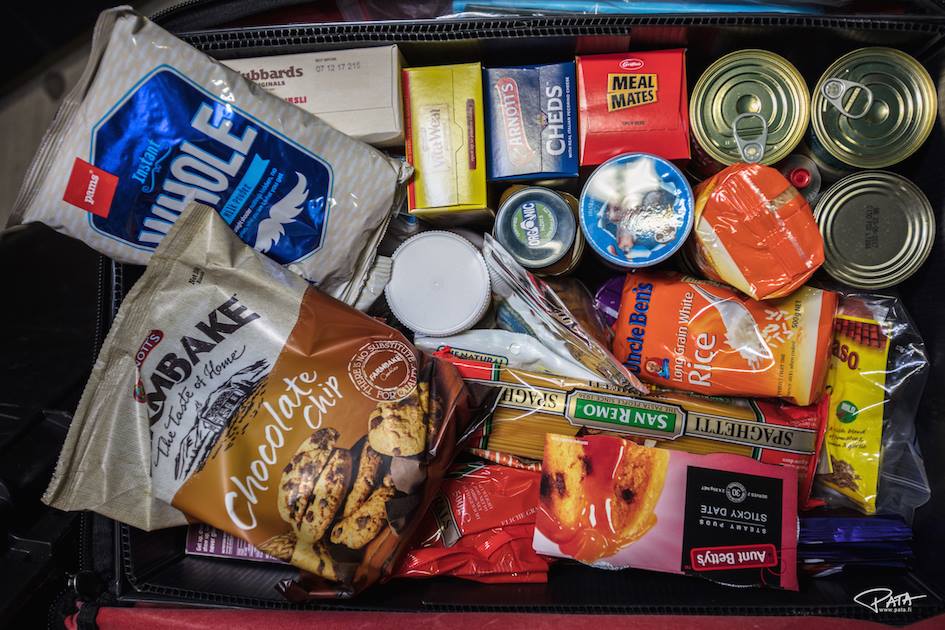
As well as their diving gear, air compressors, scientific equipment, computers, tents, sleeping gear, heaters, cookers and other items, the expedition is carrying one kilogram (2lbs) of food for each team member per day.
Weather restrictions
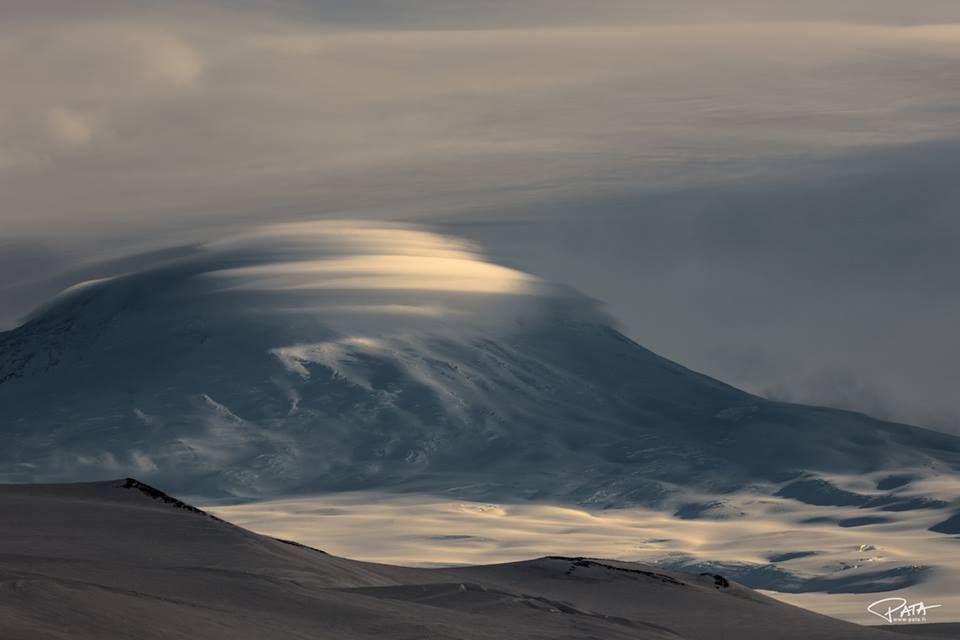
The expedition members arrived last week at New Zealand’s Scott Base in McMurdo Sound, a few kilometers from the large US Antarctic base, McMurdo Station.
The had planned to set out early this week, but several days of bad weather and low visibility kept them at the base until the weather cleared.
Temporary home
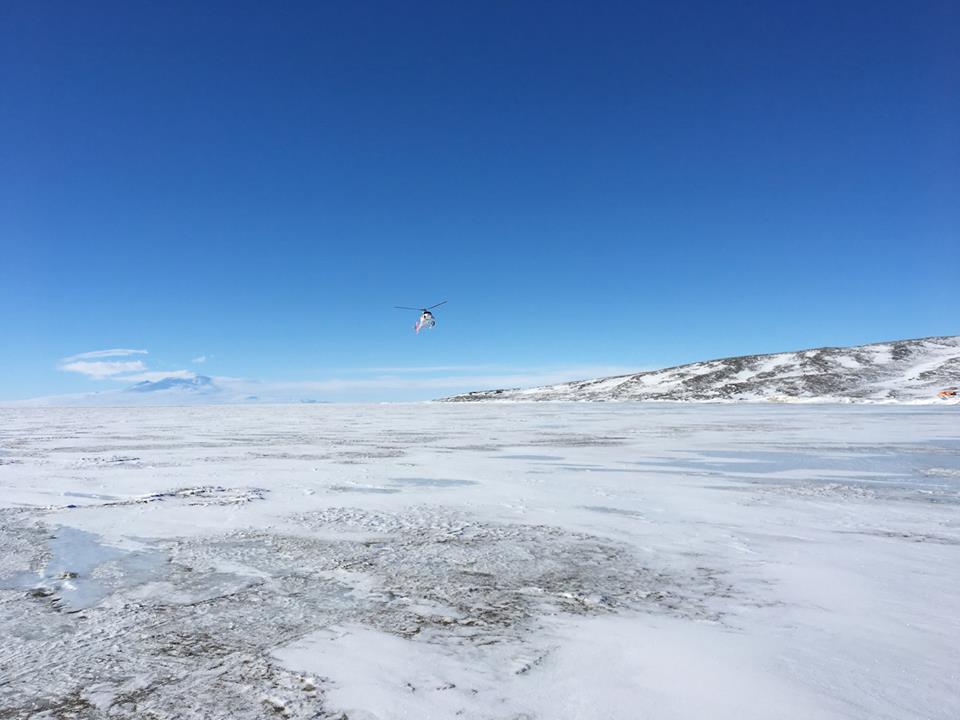
On Thursday the expedition moved out to the first of their two field sites on the Ross Ice Shelf, at New Harbour in the Ross Sea, about 80 kilometers (50 miles) from Scott Base.
After a four week stay diving and taking samples at New Harbour, the expedition will move to a second site, near Cape Evans on Ross Island, about 30 km (18 miles) from Scott Base.
Icy transportation
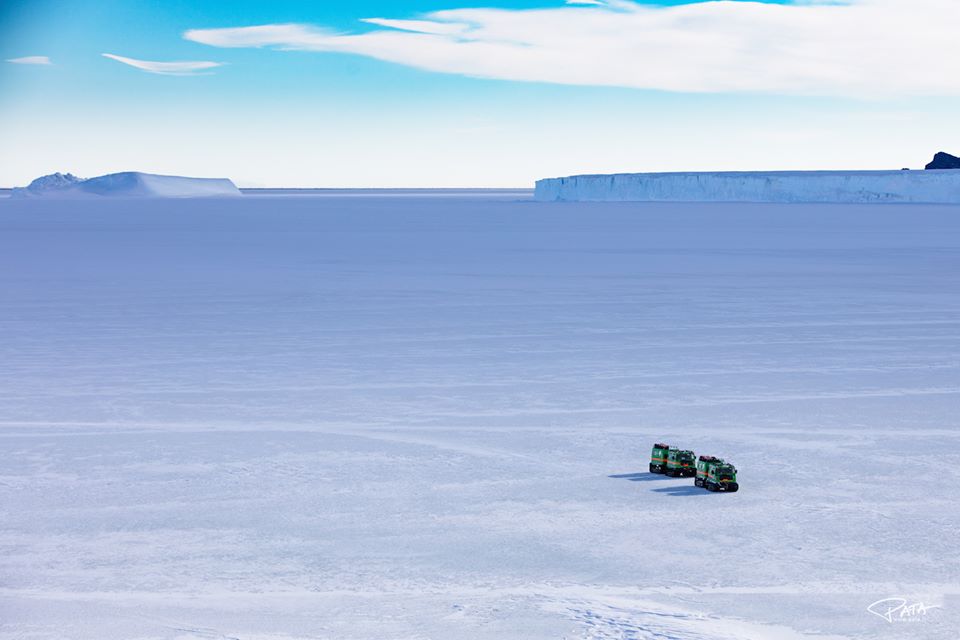
The expedition is being supported in the field by the government agency Antarctica New Zealand, which uses snow tractors and helicopters to provide transport to the tent camps on the ice shelf.
Cutting deep
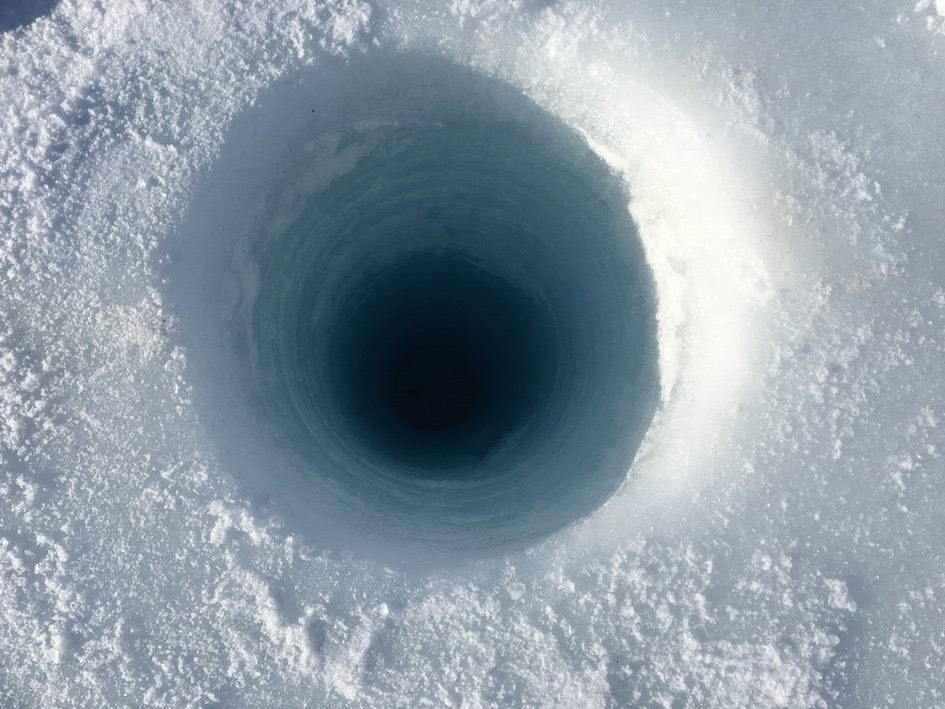
The expedition members hope to dive beneath the ice up to four times a day.
Sign up for the Live Science daily newsletter now
Get the world’s most fascinating discoveries delivered straight to your inbox.
The depth of the ice at the sites chosen for the diving work is typically three meters (9 feet) thick, and deep access holes for the divers must be melted through to the unfrozen water beneath by hole-melting equipment.
[Read more about the expedition]
A bit of history
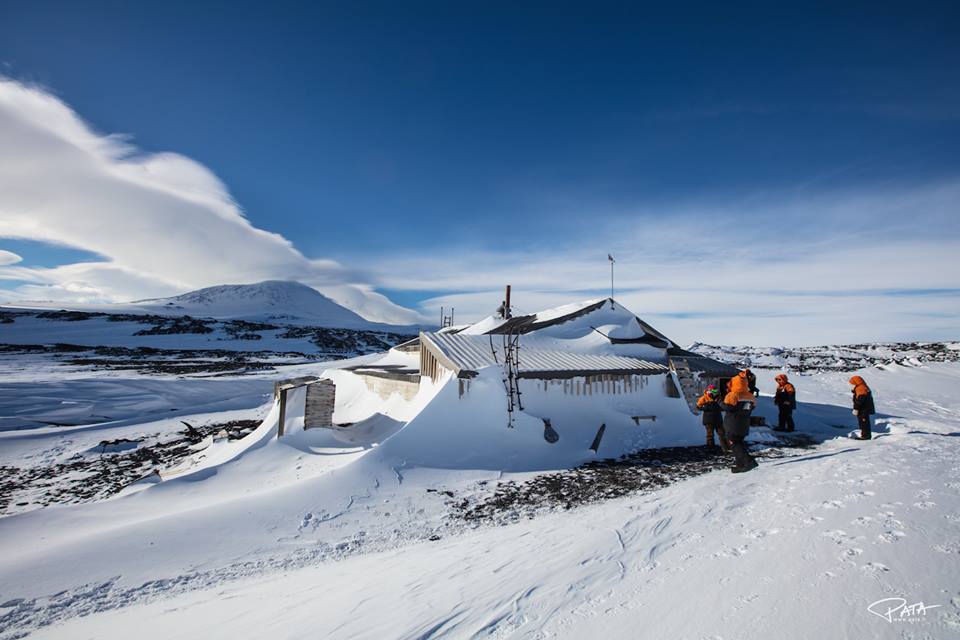
Before the expedition left for the Ross Ice Shelf this week, they were able to visit Scott’s Hut near Cape Evans, which was built in 1911 for the British South Pole expedition led by the explorer Robert Falcon Scott.
History maintained
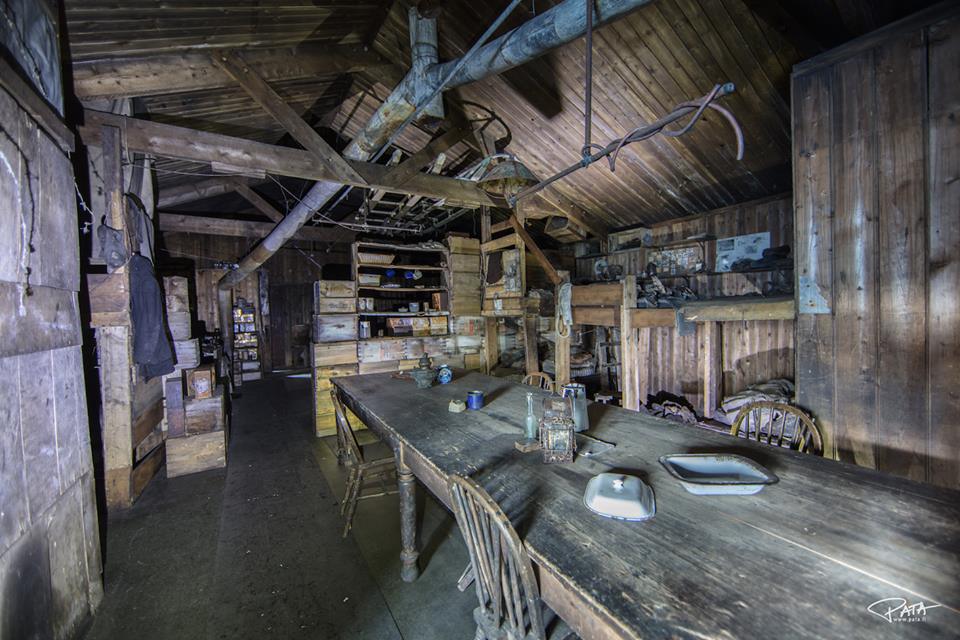
The New Zealand and British Antarctic programs try to keep Scott’s Hut intact by periodically removing the ice and snow that builds up around it.
The hut contains many artifacts of the original expedition, including extensive supplies of canned food.
Dive time
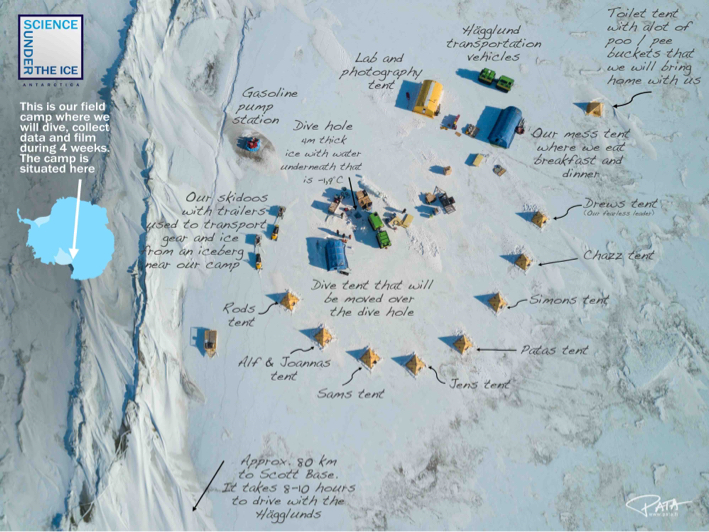
Now that the latest expedition is settled in at their first camp at New Harbour, they will begin by melting holes in the ice where they can undertake their first dives.
Both of the field sites are well known to scientists, who have been tracking changes to the seafloor ecosystems of the Ross Ice Shelf for more than 15 years.
Getting to camp
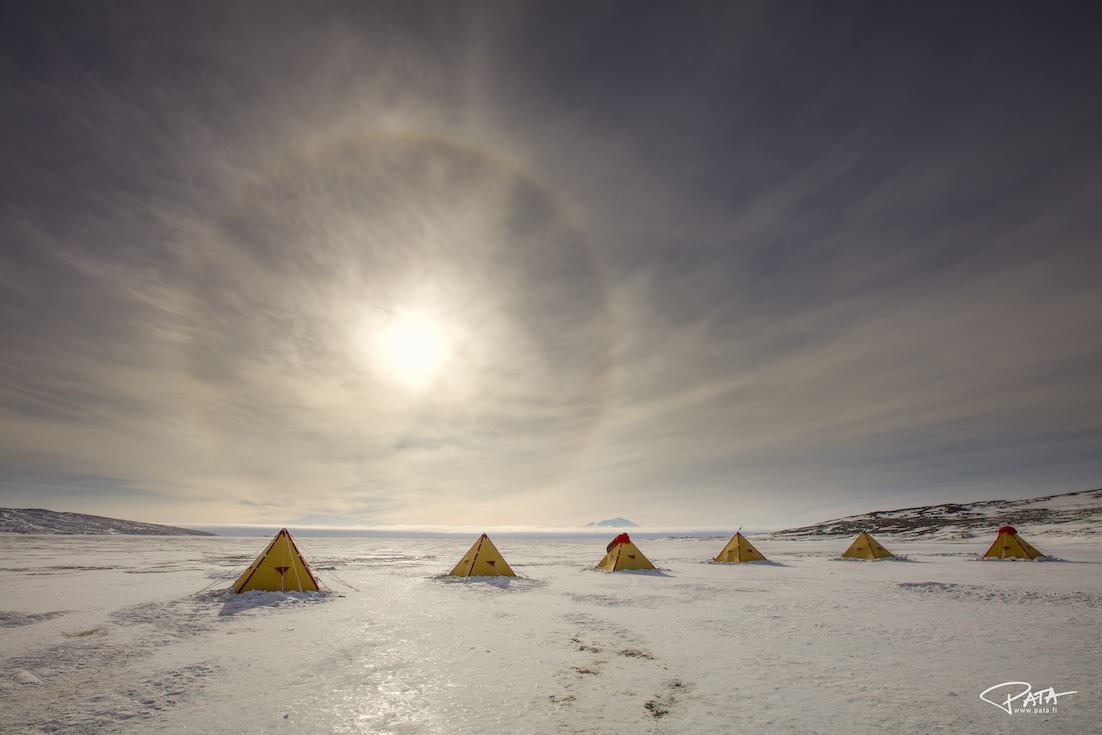
The researchers from New Zealand and Finland arrived in late October at their first camp on the ice shelf, at New Harbour in the Ross Sea.
They planned to spend 20 days at this site, diving beneath the floating ice shelf up to twice a day.
Tom Metcalfe is a freelance journalist and regular Live Science contributor who is based in London in the United Kingdom. Tom writes mainly about science, space, archaeology, the Earth and the oceans. He has also written for the BBC, NBC News, National Geographic, Scientific American, Air & Space, and many others.









